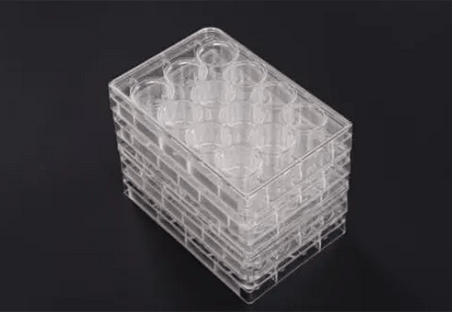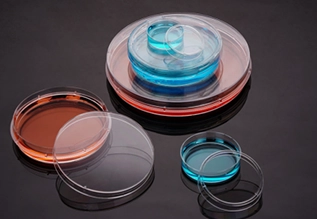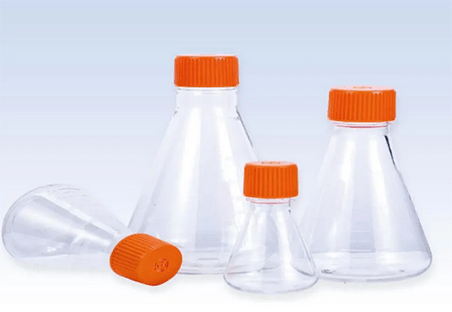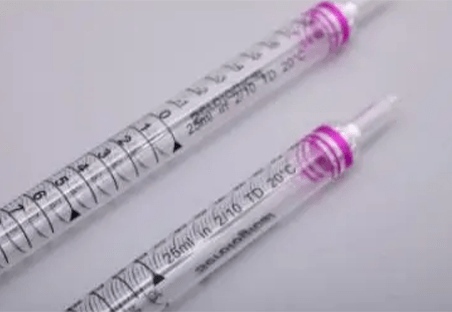Animal cell culture plays a pivotal role in biomedical research, drug development, and biotechnology. T-flasks are among the most commonly used vessels for culturing animal cells due to their convenience and scalability. However, maintaining successful cell cultures can be challenging, as various issues such as contamination, cell death, and pH imbalance can arise. In this article, we will explore the common issues encountered in animal cell culture in T-flasks and discuss effective solutions to address these challenges.
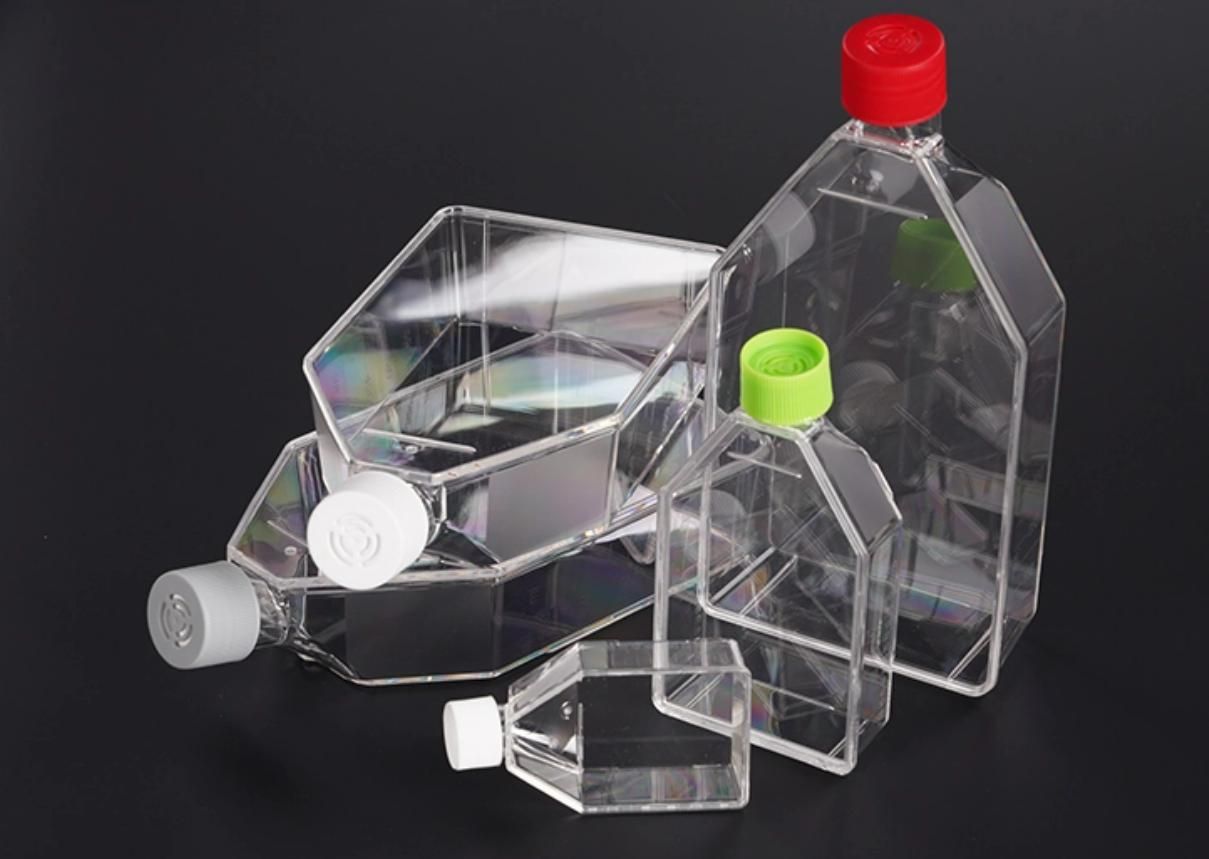
Why T-flask in Animal Cell Culture?
- Large growth surface: Unlike culture dishes or plates, T-flasks have a significantly larger, flat bottom surface area. This expanded real estate is crucial for adherent animal cells to grow and multiply. This larger surface area is especially important for:
- Scaling up experiments: If you need a larger number of cells for your experiments, T-flasks allow you to cultivate a bigger population compared to smaller dishes.
- Maintaining healthy cell stocks: For long-term storage or maintaining a reserve of your cell line, T-flasks provide ample space for the cells to thrive.
- Ease of use: T-flasks are designed for user-friendliness in a cell culture lab. They are:
- Easy to handle: The flask’s shape allows for comfortable handling under aseptic conditions, minimizing the risk of contamination.
- Simple to access: The wide mouth of the flask allows for easy access with pipettes for adding or removing media and cells.
- Vented for gas exchange: The vented caps on T-flasks allow for critical gas exchange (like oxygen and carbon dioxide) to occur while minimizing the risk of contamination from airborne microbes.
- Cost-effective: Compared to other cell culture vessels, T-flasks are a relatively inexpensive option. This makes them a budget-friendly choice for routine cell culture applications, especially when working with established cell lines or during initial stages of experiments.
While there are more specialized culture vessels available for specific purposes, the combination of large growth surface, ease of use, and affordability make T-flasks a mainstay in most animal cell culture labs.
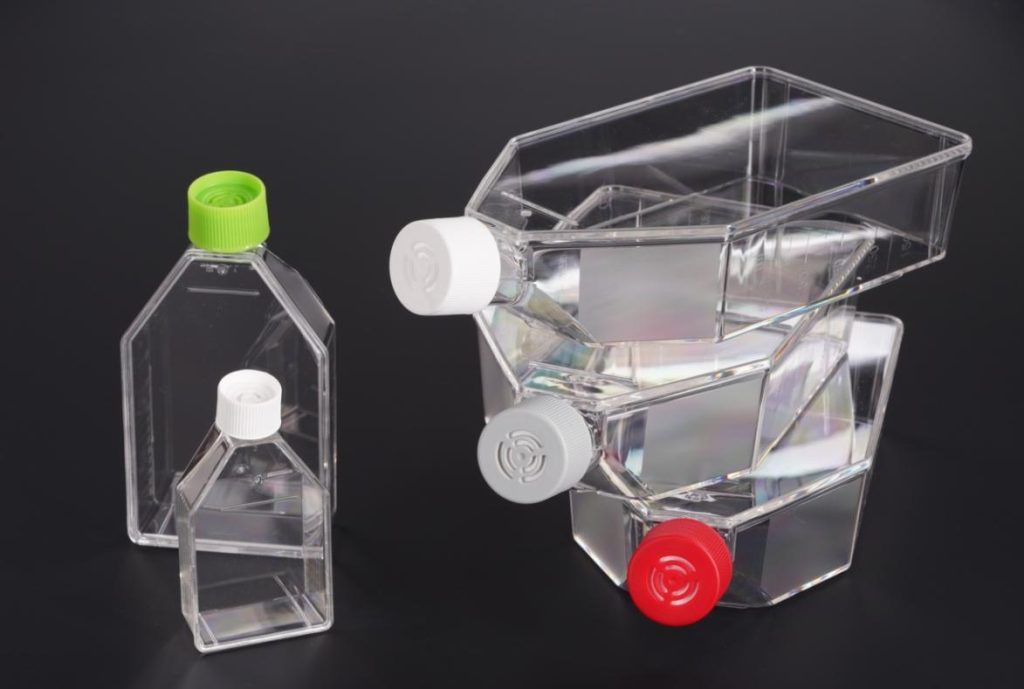
Despite their numerous benefits, even with T-flasks, researchers can encounter challenges that hinder optimal cell growth.
Common Issues in Animal Cell Culture T-Flasks
Several common issues can arise when culturing animal cells in T-flasks. These issues can impact cell viability, growth, and experimental outcomes. Some of the most prevalent issues include:
- Contamination:
- Contamination by bacteria, fungi, yeast, or mycoplasma is a significant concern in cell culture.
- Contaminants can enter the culture through improper aseptic techniques, contaminated reagents, or airborne particles.
- Contamination can lead to compromised cell health, altered experimental results, or loss of cell lines.
- Cell Death:
- Cell death can occur due to various factors such as nutrient depletion, pH fluctuations, osmotic stress, or toxic compounds present in the culture medium.
- Dead cells release intracellular components that can affect neighboring cells and lead to further cell death.
- Cell death reduces the overall cell yield and may compromise the reliability of experimental results.
- pH Imbalance:
- Maintaining the proper pH of the culture medium is critical for cell viability and growth.
- pH fluctuations can occur due to metabolic activity, incomplete buffering capacity of the medium, or contamination with carbon dioxide.
- Deviations from the optimal pH range can impair cell metabolism, affect cell morphology, and lead to suboptimal growth rates.
- Cell Aggregation:
- Some cell lines have a tendency to aggregate or clump together during culture, particularly in T-flasks.
- Cell aggregation can affect cell counting accuracy, hinder cell attachment, and lead to inconsistent experimental results.
- Aggregated cells may also exhibit altered gene expression patterns or differentiation behaviors compared to dispersed cells.
- Detachment Issues:
- Adherent cells may detach from the culture surface prematurely, leading to cell loss and reduced cell viability.
- Detachment issues can be caused by improper coating of the flask surface, suboptimal culture conditions, or excessive mechanical stress during handling.
- Proper cell attachment and spreading are essential for maintaining cell morphology and function in adherent cell cultures.
- Media Evaporation:
- Evaporation of the culture medium can occur during prolonged incubation periods or in environments with low humidity.
- Media evaporation can lead to changes in osmolality, nutrient concentration, and pH, affecting cell growth and viability.
- Proper sealing of T-flasks and monitoring of incubation conditions can help mitigate media evaporation issues.
Addressing these common issues requires careful attention to cell culture techniques, proper maintenance of equipment and reagents, and regular monitoring of culture conditions. Implementing quality control measures and troubleshooting protocols can help ensure successful and reproducible cell cultures in T-flasks.
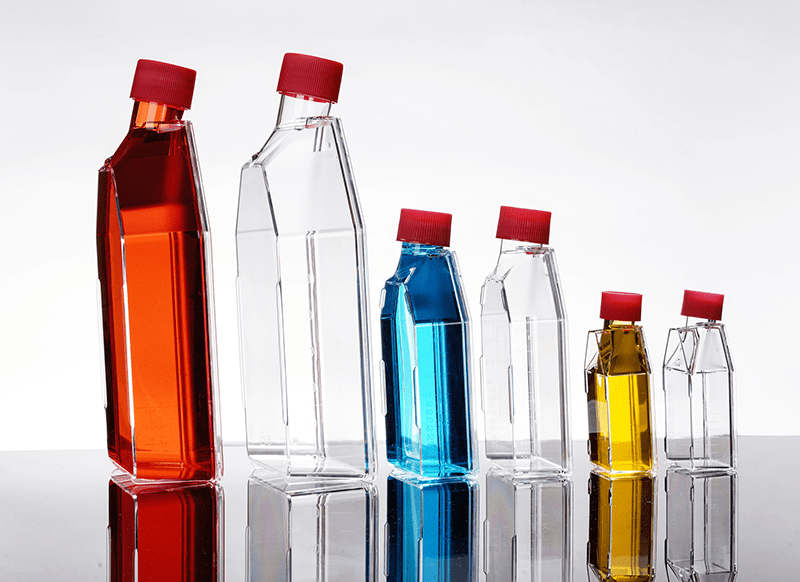
Solutions to Common Issues in Animal Cell Culture T-Flasks
Addressing the common issues encountered in animal cell culture in T-flasks requires a systematic approach and implementation of appropriate solutions. Below are solutions to mitigate these issues:
- Contamination:
- Strict adherence to aseptic techniques, including proper handwashing, use of personal protective equipment (PPE), and sterilization of equipment and reagents.
- Regular monitoring of cultures for signs of contamination, such as turbidity, color changes, or abnormal growth patterns.
- Use of antibiotics, antifungal agents, and disinfectants in the culture medium to prevent microbial growth.
- Segregating areas for handling different cell lines to minimize cross-contamination.
- Cell Death:
- Optimization of culture conditions, including temperature, humidity, and CO2 levels, to promote cell viability and growth.
- Regular replenishment of nutrients and growth factors in the culture medium to prevent nutrient depletion.
- Removal of toxic substances from the culture environment, such as metabolic waste products or chemical contaminants.
- Minimization of mechanical stress on the cells during handling and passaging.
- pH Imbalance:
- Calibration and regular maintenance of pH meters to ensure accurate measurement of pH levels in the culture medium.
- Use of buffering agents, such as HEPES or bicarbonate, to stabilize the pH of the culture medium and prevent fluctuations.
- Monitoring of pH levels throughout the culture period and adjusting as necessary using appropriate acids or bases.
- Proper sealing of T-flasks to minimize CO2 loss and maintain stable pH levels.
- Cell Aggregation:
- Optimization of cell seeding density to prevent overcrowding and minimize cell aggregation.
- Gentle agitation or rocking of T-flasks during incubation to promote even distribution of cells and prevent aggregation.
- Use of culture substrates or coatings that promote cell adhesion and spreading, such as collagen, fibronectin, or poly-L-lysine.
- Regular monitoring of cell morphology and adjustment of culture conditions as needed to maintain dispersed cell growth.
- Detachment Issues:
- Proper coating of T-flask surfaces with extracellular matrix proteins or adhesion-promoting molecules to enhance cell attachment.
- Optimization of culture conditions, including media composition, pH, and temperature, to promote stable cell adhesion.
- Minimization of mechanical stress during cell passaging by using gentle dissociation methods and avoiding excessive pipetting or scraping.
- Monitoring of cell morphology and viability after passaging to ensure successful reattachment and continued growth.
- Media Evaporation:
- Proper sealing of T-flasks with vented caps or gas-permeable membranes to minimize evaporation while allowing for gas exchange.
- Use of humidified incubators to maintain optimal humidity levels and prevent media evaporation.
- Regular monitoring of media volume and replenishment as needed to prevent osmotic imbalances and maintain stable culture conditions.
- Consideration of alternative culture vessels or systems with reduced evaporation rates for long-term or high-throughput cultures.
By implementing these solutions and maintaining diligent oversight of cell culture practices, researchers can minimize common issues and ensure successful and reproducible animal cell cultures in T-flasks. Regular training, quality control measures, and adherence to best practices are essential for achieving reliable experimental results and advancing scientific knowledge in the field of cell biology and biotechnology.
Conclusion
In conclusion, troubleshooting animal cell culture in T-flasks requires careful attention to detail and proactive management of common issues such as contamination, cell death, and pH imbalance. By implementing robust contamination control measures, optimizing culture conditions, and monitoring pH levels, researchers can maintain healthy and productive cell cultures for their experiments.
